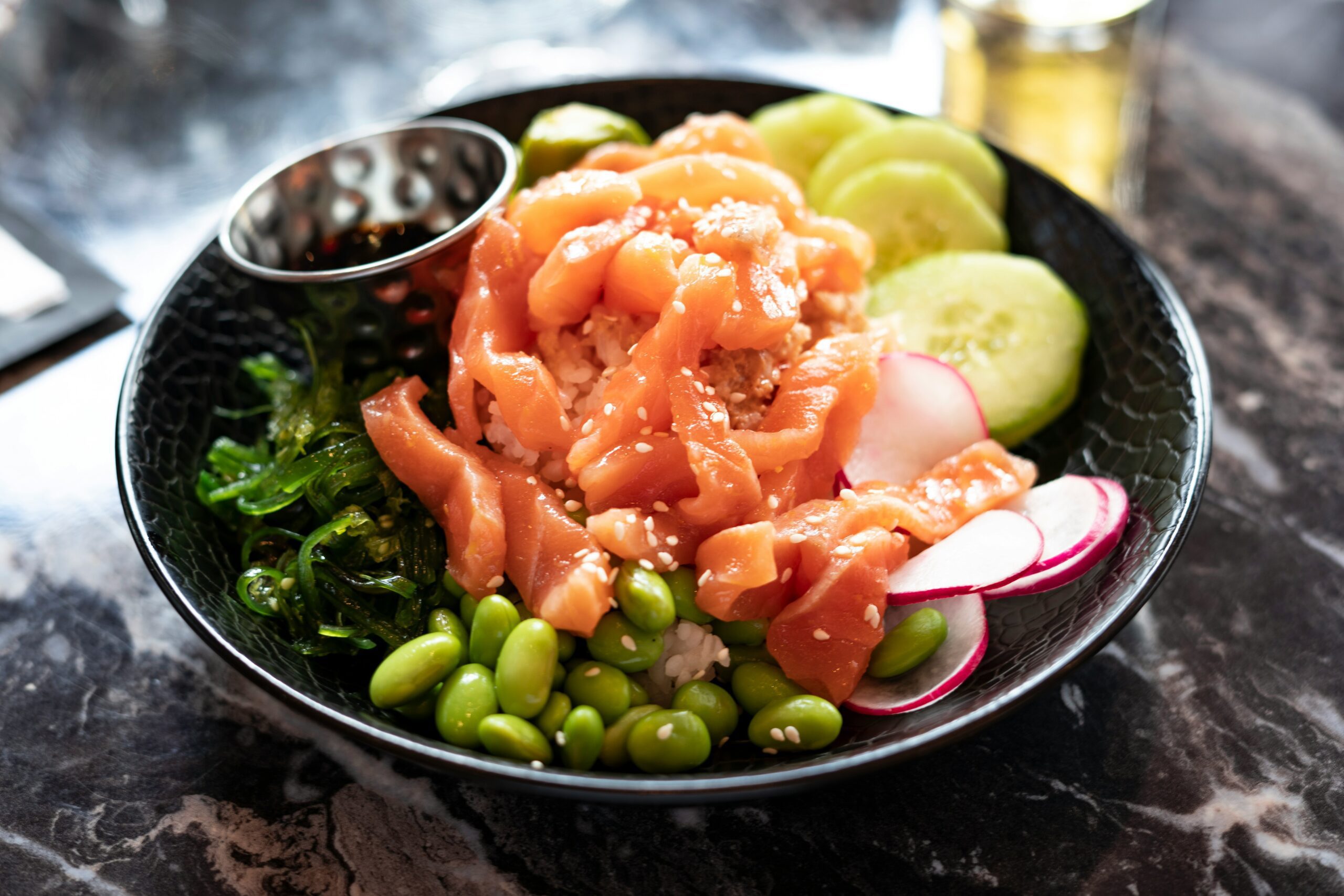Introduction
In recent years, there has been a growing concern about the sustainability of our fisheries and the impact of seafood sourcing on the environment. As a result, seafood sourcing platforms have emerged as a valuable tool for consumers and businesses to make informed choices about the seafood they consume or supply. However, the success of these platforms relies heavily on user experience (UX) and user interface (UI) design. In this article, we will explore the importance of UI/UX solutions for sustainable seafood sourcing platforms and discuss some key strategies to enhance the user experience.
The Importance of UI/UX in Sustainable Seafood Sourcing Platforms
User experience and user interface play a crucial role in the success of any digital platform, and seafood sourcing platforms are no exception. The primary goal of these platforms is to provide users with accurate and reliable information about the sustainability of different seafood products. To achieve this, the UI/UX design should focus on the following aspects:
1. Intuitive and User-Friendly Interface
A user-friendly interface is essential for engaging users and encouraging them to explore the platform further. The navigation should be intuitive and straightforward, allowing users to easily search for specific seafood products, filter results based on sustainability criteria, and access relevant information such as catch methods, fishing locations, and certification details. Clear and concise labeling of different sections and features will help users understand the platform’s functionality and make informed decisions.
2. Visual Representation of Sustainability Information
Sustainability information can often be complex and overwhelming for users. To simplify the understanding of this data, UI/UX designers can utilize visual elements such as icons, graphs, and charts. These visual representations can provide users with a quick overview of the sustainability status of different seafood products, making it easier for them to compare options and choose sustainable alternatives.
3. Integration of Certification Programs
Certification programs such as the Marine Stewardship Council (MSC) and the Aquaculture Stewardship Council (ASC) play a significant role in identifying sustainable seafood products. Integrating these certification programs into the UI/UX design can enhance the credibility of the platform and provide users with a reliable source of information. Clear display of certification logos and explanations of the certification criteria will help users understand the significance of these certifications and make informed choices.
4. Personalized Recommendations
Personalization is a powerful tool in UI/UX design. By collecting user preferences and previous choices, the platform can provide personalized recommendations based on sustainability criteria. This feature not only enhances the user experience but also encourages users to explore a wider range of sustainable seafood options.
5. Mobile-Friendly Design
With the increasing use of smartphones, it is crucial for seafood sourcing platforms to have a mobile-friendly design. The UI/UX should be responsive and adaptable to different screen sizes, ensuring that users can access the platform seamlessly from their mobile devices. Mobile optimization will provide users with a convenient and accessible way to make sustainable seafood choices on the go.
Conclusion
As the demand for sustainable seafood continues to rise, seafood sourcing platforms have a vital role to play in promoting responsible fishing practices. The success of these platforms depends on the UI/UX design, which should prioritize intuitive navigation, visual representation of sustainability information, integration of certification programs, personalized recommendations, and mobile-friendly design. By implementing these UI/UX solutions, seafood sourcing platforms can empower consumers and businesses to make sustainable choices and contribute to the preservation of our oceans for future generations.





Leave a Reply